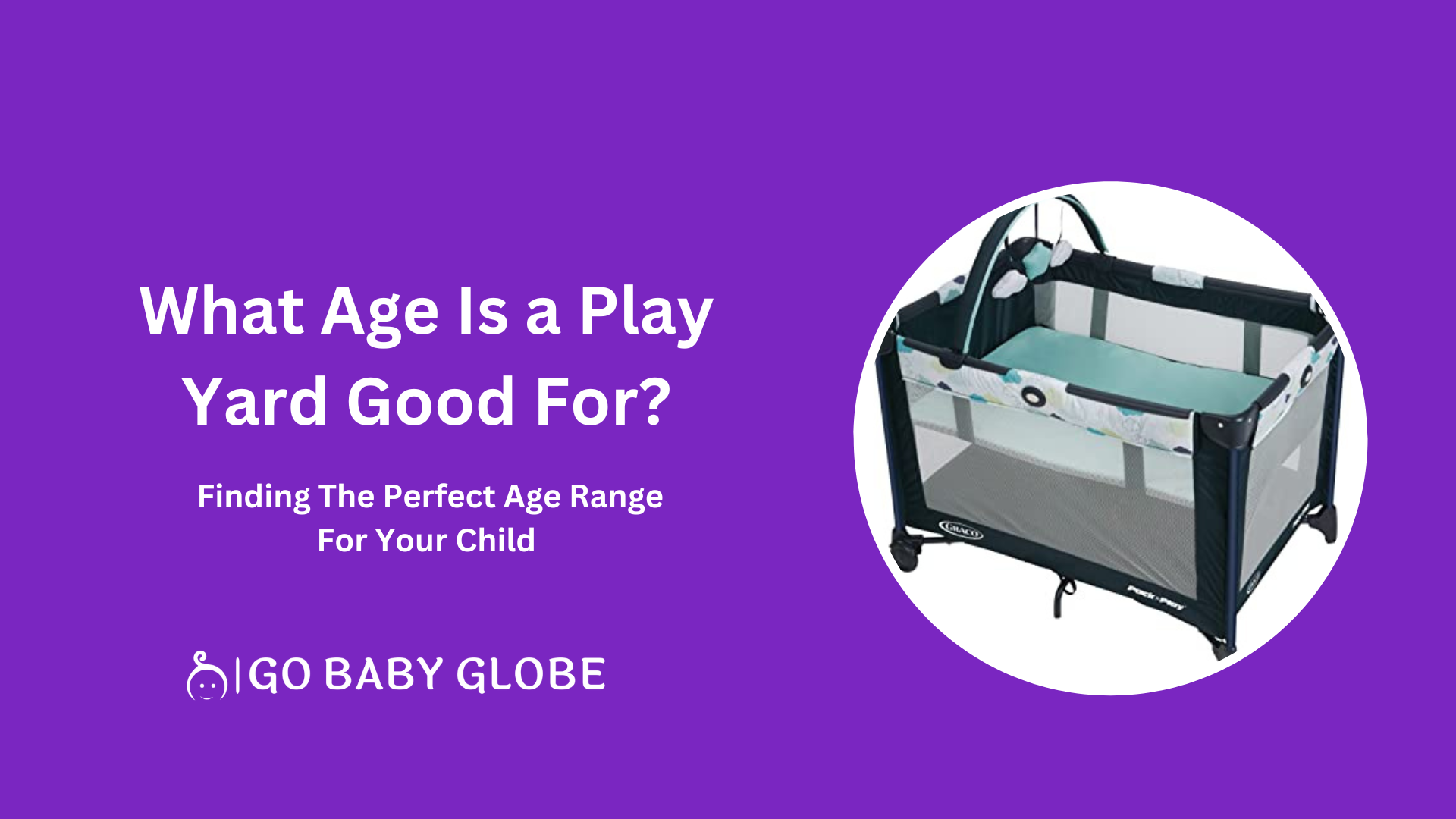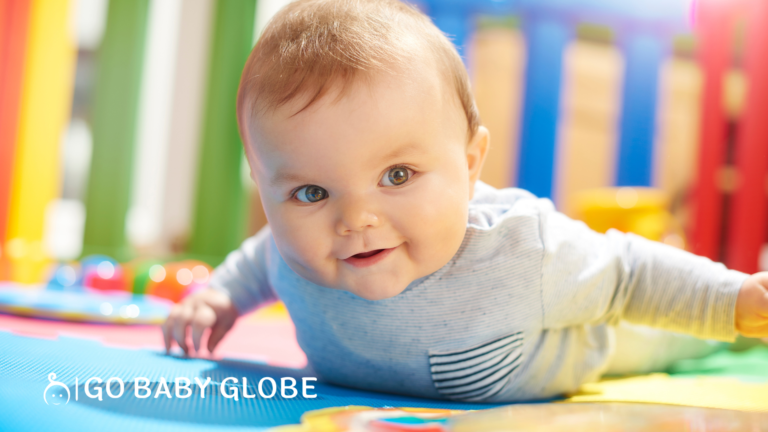what age is a play yard good for? Finding the Perfect Age Range for Your Child
Are you a parent or caregiver on the hunt for the perfect play yard for your little one? Look no further!
In this ultimate guide, we will walk you through everything you need to know about play yards and finding the perfect age range for your child.
Whether you’re a first-time parent or an experienced caregiver, choosing a play yard that suits your child’s developmental needs can be a daunting task.
With so many options available on the market, it’s important to make an informed decision that will provide a safe and stimulating environment for your child to explore and play.
From understanding the different types of play yards to considering the age-appropriate features and safety guidelines, we’ve got you covered.
Get ready to unlock the secrets to finding the perfect play yard that will keep your child entertained and secure at every stage of their early development. Let’s dive in!
What is a Play Yard?
A play yard, also known as a playpen or playard, is a versatile and portable space designed for babies and young children to play safely.
It typically consists of a sturdy frame that encloses a designated area, often made of mesh or fabric, where children can crawl, stand, and explore their surroundings.
Play yards come in various sizes, shapes, and designs, offering a range of features and functionalities to cater to different age groups and developmental stages.
These portable play areas provide a secure and contained environment, giving parents peace of mind while allowing children to engage in independent play and exploration.
Benefits of Using a Play Yard for Your Child
There are numerous benefits to using a play yard for your child’s playtime and development. Firstly, play yards offer a safe and controlled space for babies and young children, providing a barrier to prevent them from accessing potential hazards or wandering off to unsafe areas.
This allows parents and caregivers to have peace of mind while attending to other tasks or simply taking a moment to relax.
Additionally, play yards promote independent play and exploration, encouraging children to develop their motor skills, coordination, and cognitive abilities.
These portable play areas also offer a designated space for children to engage in imaginative play, fostering creativity and social interaction.
Furthermore, play yards can be easily transported and set up, making them ideal for use both indoors and outdoors.
Whether you’re at home, visiting friends or family, or going on a vacation, a play yard provides a familiar and secure space for your child to play and rest.
Factors to Consider When Choosing a Play Yard
When choosing a play yard for your child, there are several factors to consider to ensure you make the right choice.
Firstly, it’s important to assess the safety features of the play yard. Look for models that meet safety standards and have features such as secure latches, sturdy frames, and breathable materials.
Consider the size and weight of the play yard, as well as its ease of setup and portability. Some play yards come with additional features like built-in changing tables, storage pockets, or detachable bassinets, which can be convenient for parents.
Think about the space you have available at home and whether you’ll be using the play yard indoors, outdoors, or both.
Lastly, consider your budget and choose a play yard that offers the best value for your money while meeting your child’s needs.
Age-Appropriate Features in Play Yards
Play yards are designed with specific age ranges in mind, and they often come with features tailored to support different developmental milestones.
Here are some age-appropriate features to look for in play yards:
Play Yards for Infants (0-6 months)
For infants, a play yard should provide a cozy, secure space that mimics the womb environment.
Look for play yards with bassinet attachments that allow newborns to sleep comfortably at a higher level, making it easier for parents to access their little ones.
Some play yards also come with vibration features, soothing sounds, or hanging toys to stimulate and entertain infants during playtime.
Ensure the play yard has a firm mattress and a breathable mesh design to promote airflow and prevent suffocation hazards.
Play Yards for Toddlers (6 months – 2 years)
Toddlers are at a stage where they are more mobile and curious about their surroundings. Look for play yards with adjustable heights, as this allows you to lower the mattress as your child grows and becomes more active.
Look for play yards with interactive toys, activity panels, or attachable play gyms to encourage sensory exploration and fine motor skill development.
Some play yards also come with removable walls or gates to facilitate easy access for older toddlers who are starting to walk and climb.
Play Yards for Preschoolers (2-5 years)
Preschoolers require a play yard that offers more space for active play and imagination. Look for play yards with larger dimensions and sturdy construction to accommodate growing children.
Play yards with crawl-through doors, tunnels, or tents can provide added fun and adventure for preschoolers, fostering imaginative play and physical activity.
Look for play yards with interactive features, such as ball pits, slides, or basketball hoops, to keep older children engaged and entertained.
Safety Tips for Using Play Yards
While play yards offer a safe environment for children to play, it’s important to follow safety guidelines to ensure their well-being. Here are some safety tips to keep in mind:br/>
1. Always supervise your child while they are in the play yard.
2. Avoid placing large or soft objects inside the play yard that could pose a suffocation hazard.
3. Regularly check the play yard for any damaged parts or loose screws that may pose a safety risk.
4. Follow the manufacturer’s instructions for setup, usage, and weight limits.
5. Keep the play yard away from cords, blinds, or other potential strangulation hazards.
6. Ensure the play yard is placed on a flat and stable surface to prevent tipping.br/>
Conclusion
Choosing the perfect play yard for your child is an important decision that requires careful consideration.
By understanding the different types of play yards, age-appropriate features, and safety guidelines, you can make an informed choice that will provide a safe and stimulating environment for your child’s play and development.
Remember to consider the specific needs of your child and the space you have available, while also keeping your budget in mind. With the suitable play yard, you can create a fun and secure space for your child to explore, learn, and grow.
Happy playtime!








